When thinking of ruins or archaeological sites dating from the Roman Empire, it's not a surprise if you won't believe that there is one in Libya. However, believe it or not, there is one in this African country.
Yes, you read it right. While Libya has made headlines in the past couple of years because of war, it is home to some of the finest remains of the Roman period. It was even designated as a UNESCO World Heritage site in 1982.
What exactly are we talking about? Well, it's none other than Leptis Magna
Leptis Magna Basic Facts
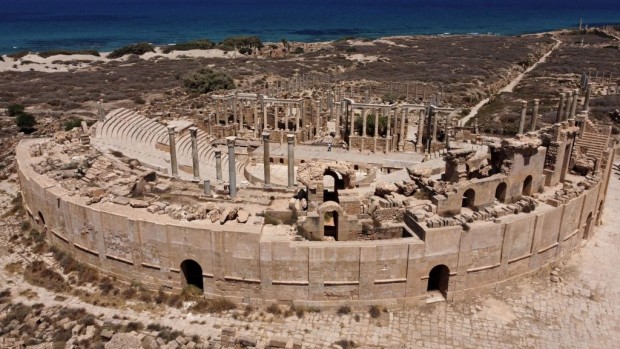
An aerial picture shows a view of the theatre in the ancient Roman city of Leptis Magna, near the coastal Libyan city of Al-Khums, 120Km east of the capital, on August 24, 2021. Leptis Magna on the Libyan coast was once among the Roman Empire's most beautiful cities, but now lies neglected and shunned by tourists due to a decade of war.
Also known as Lepcis Magna, Leptis Magna is located in what is now the city of Khoms (otherwise known as Al-Khums). The city was established before 500 BC and experienced great growth under Roman Emperor Septimius Severus. While it experienced prosperity, Leptis Magna also saw multiple raids, which contributed to its decline.
It was eventually abandoned and was preserved when it ended up being buried underneath layer up layer of sand dunes. The city was unearthed in the 1920s by archaeologists.
Today, it is one of the most impressive ruins of the Roman era in the whole world.
Related Article: These Are the 5 Vacation Spots in Africa to Visit If You're Tired of Cold Winters
What to Expect When You Visit Leptis Magna
Since Leptis Magna has been well-preserved, there are different structures that can be marveled at by travelers. One of which is an ampitheatre, which is pictured below.
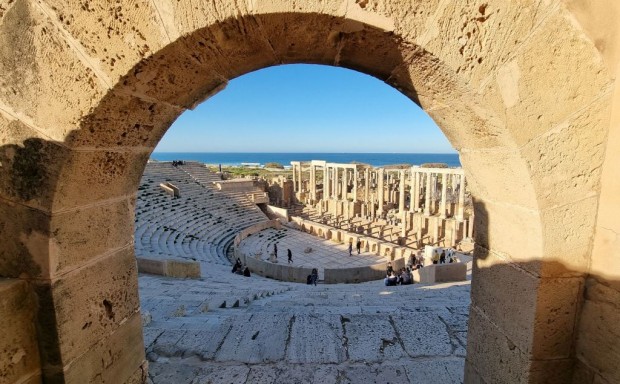
People visit the amphitheatre of the ancient Roman city of Leptis Magna, in the coastal Libyan city of Al-Khums, some 120Km east of the capital Tripoli, on February 4, 2022.
There is also what is known as the Severan Forum, which is a walled structure that "consisted of tall arcaded porticos on three sides, housing shops and cauponas, with a massive temple to the Severan family on its fourth side."
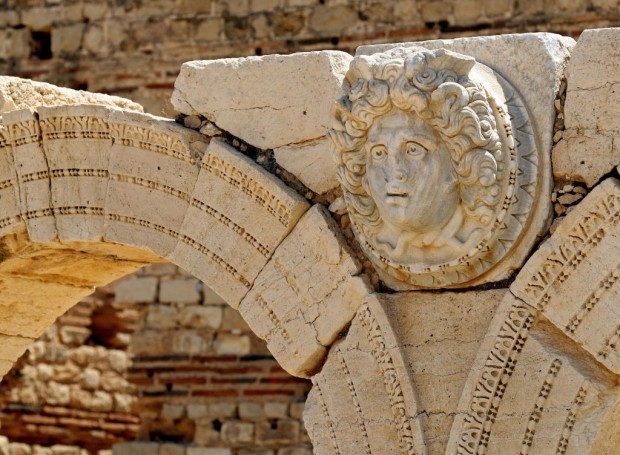
A picture shows a carved Gorgon head on arches surrounding the Severin forum, in the ancient Roman city of Leptis Magna, near the coastal Libyan city of Al-Khums, 120Km east of the capital, on August 24, 2021. Leptis Magna on the Libyan coast was once among the Roman Empire's most beautiful cities, but now lies neglected and shunned by tourists due to a decade of war.
The Arch of Septimus Severus is also still seen today.

People walk under the Arch of Sptimus Severus in the ancient Roman city of Leptis Magna near the coastal Libyan city of Al-Khums, 120Km east of the capital, on August 24, 2021. Leptis Magna on the Libyan coast was once among the Roman Empire's most beautiful cities, but now lies neglected and shunned by tourists due to a decade of war.
Below are ruins of an indoor pool and the main courtyard that can be found in Leptis Magna.
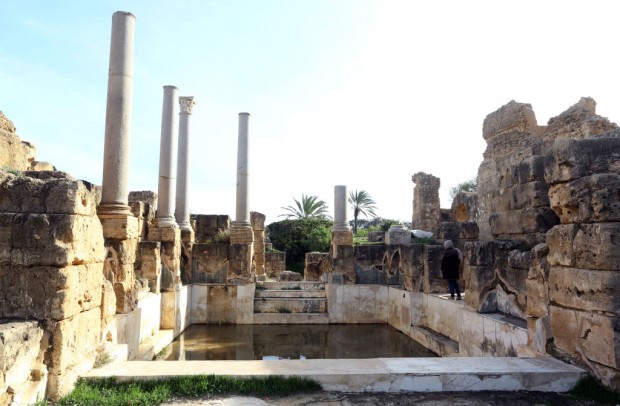
A general view shows an indoor pool in the ruins of the ancient Roman city of Leptis Magna in al-Khums, 130 kilometres east of the Libyan capital, Tripoli, on January 4, 2018. 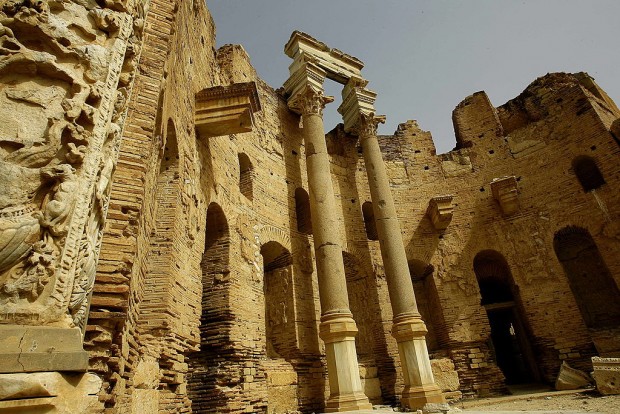
A partial view shows the main courtyard at the historical site of Leptis Magna, listed as World Heritage, in the Libyan coastal city of Lebda on March 30, 2010. The anicent ruins of Leptis Magna are located in al-Khums, 130 kms east of the Libyan capital Tripoli, on the coast where the Valley or Wadi Lebda meets the sea. The site is one of the most spectacular and unspoiled Roman ruins in the Mediterranean.
The ruins of the market can likewise be found among the ruins.

LEPTIS MAGNA, LIBYAN ARAB JAMAHIRIYA: A tourist walks about the rebuilt structure of the market in the Roman citadel of Leptis Magna, as seen in picture taken 10 July 2005. It originally developed to two pavilions with a series of Ionic columns disposed around the central octagonal base, that served this community on the Libyan Mediterranean coast 250 kilometers east of Tripoli founded by Phoenicians in the 6th century B.C., and developed as an outpost port for the Roman Empire through the 3rd century A.C. It was the birthplace of Emperor Septimus Severus in 146, establishing the Libyan dynasty that ruled the empire for three generations.
Read Also: A History Lovers Guide on the Best Italy Tourist Attractions
This article is copyrighted by Travelers Today, the travel news leader



